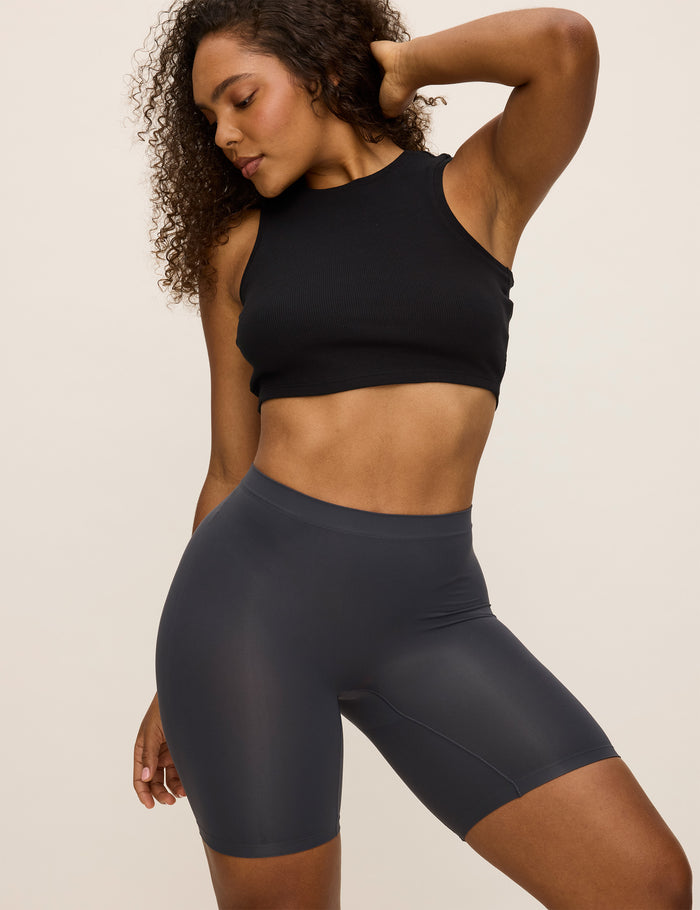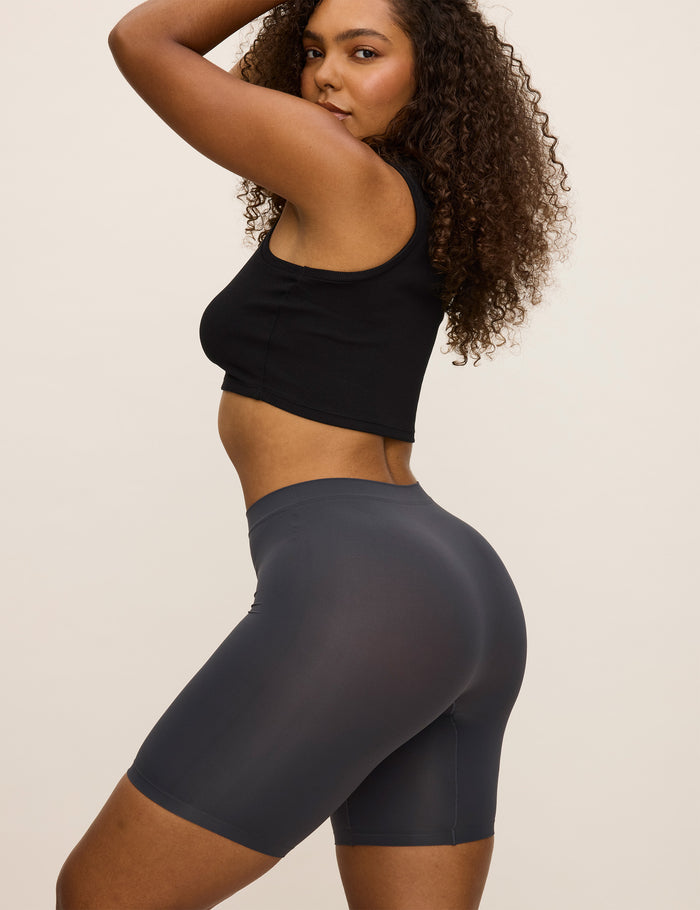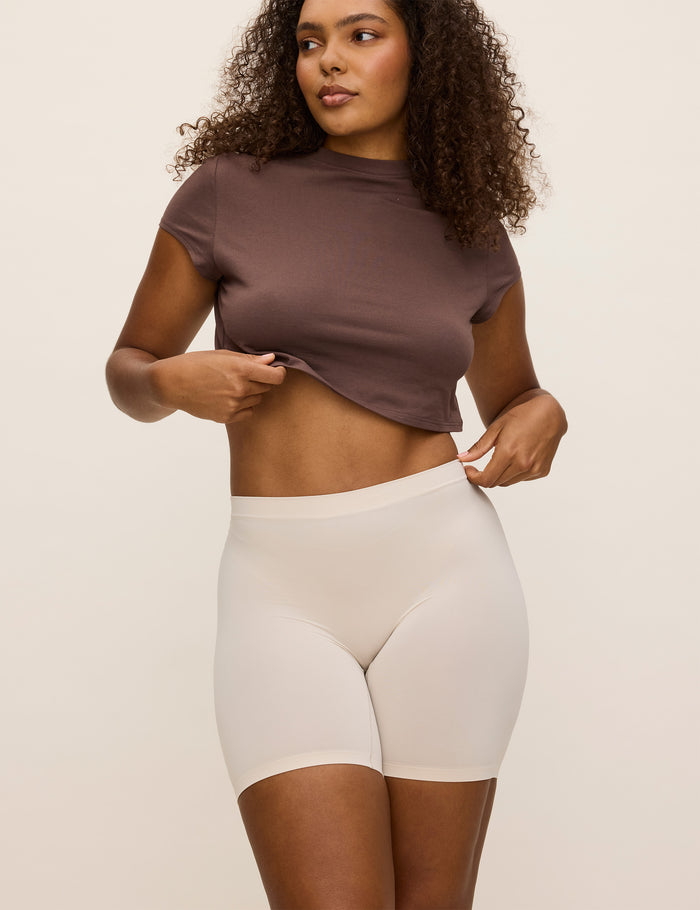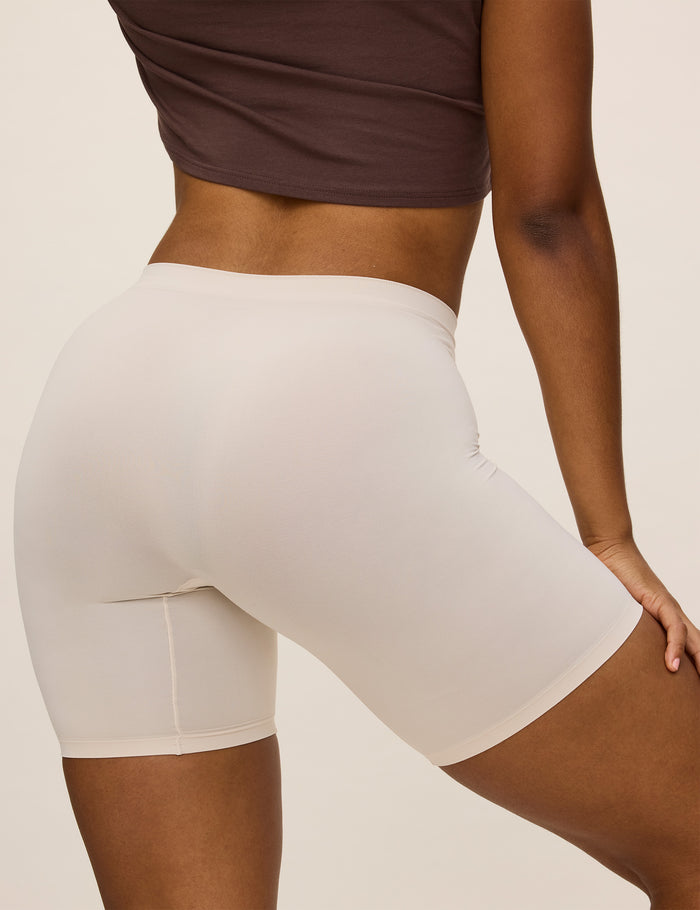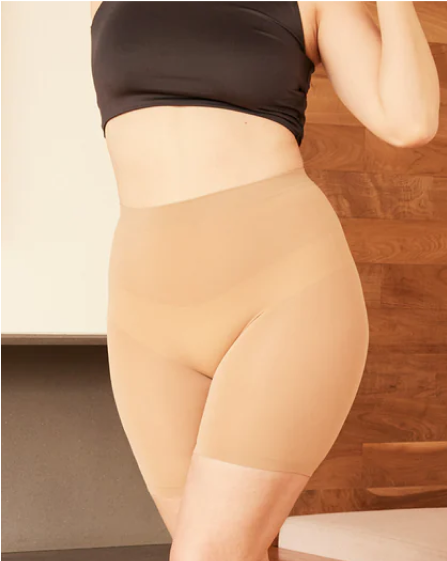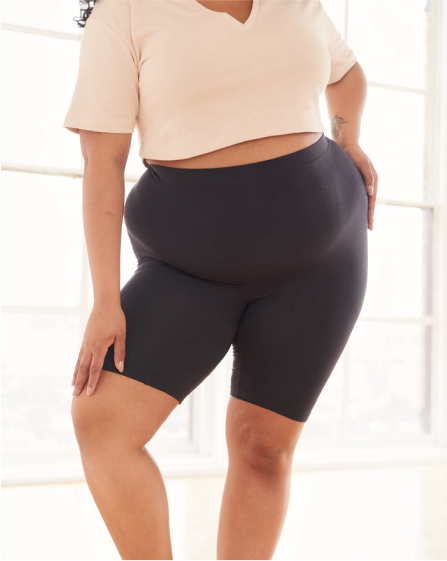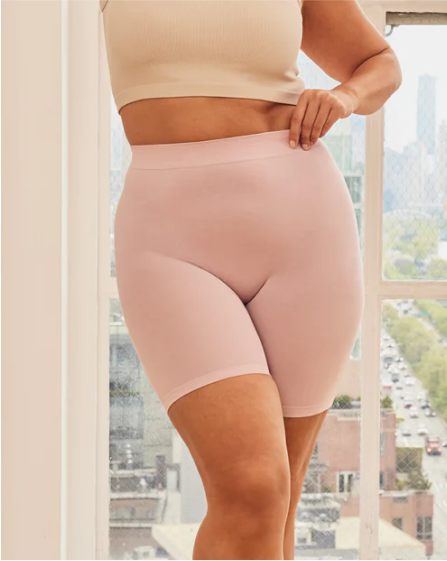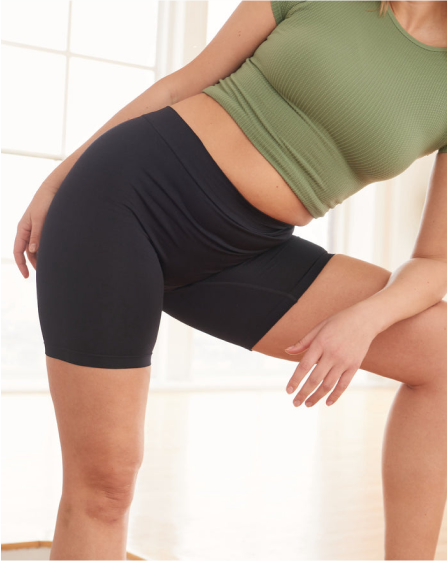Friction sores, also called friction blisters or chafing injuries, are surprisingly common yet still considered somewhat taboo. Many women experience them, even though few talk about it. Painful, irritated patches of skin can show up anywhere there’s repeated rubbing, especially in areas prone to moisture and heat like the inner thighs, under the breasts, or along the bikini line.
Whether it’s from a sweaty summer walk, razor burn, or underwear that just won’t stop digging in, friction-related skin issues can throw off your day — and your confidence. The good news? They’re totally manageable with the right approach.
Important note: This article focuses exclusively on friction sores caused by irritation, rubbing, and grooming practices. It doesn’t cover sores caused by sexually transmitted infections (STIs), bacterial or fungal infections, or other medical conditions. If you have unexplained sores, persistent pain, or symptoms likr discharge, fever, or swelling, please consult a medical professional to rule out any underlying health issues.
What Are Female Friction Sores?
Friction sores develop when the outer layer of the skin breaks down due to repeated rubbing — whether against skin, fabric, or other irritants. They often begin as redness or minor irritation and can worsen into blisters, raw patches, or even open sores if not properly treated.
These sores aren’t caused by infection, but they can become infected if the skin barrier is broken. Common trouble spots include:
• Inner thighs
• Under the breasts
• Bikini line and groin
• Buttocks
• Underarms
Common Causes of Friction Sores in Women
1. Skin Rashes from Heat and Moisture
Sweat, heat, and tight clothing can lead to heat rashes, especially in skin folds like under the breasts or between the thighs. Left unchecked, these rashes can turn into raw, irritated skin.
2. Fingernail Scratching
Scratching an itchy area may feel good in the moment, but it can create tiny tears in the skin, making it more vulnerable to irritation or infection.
3. Razor Cuts and Shaving Irritation
Using dull blades, skipping prep (like exfoliation or shaving cream), or shaving too quickly can all lead to razor burn, ingrown hairs, and small nicks — prime areas for friction and discomfort.
4. Tight or Synthetic Underwear
Non-breathable materials or too-tight fits trap moisture and rub against the skin, making friction sores more likely, especially during exercise or on hot days.
5. Irritating Hair Removal Products
Chemical hair removers can leave skin inflamed or even chemically burned. Once compromised, this skin is extra sensitive to friction.

How to Prevent Female Friction Sores
1. Wear Breathable, Chafe-Proof Shorts
Opt for moisture-wicking, seamless shorties made from soft, breathable fabric. Our Cooling shorts are a summer essential — sweat-wicking, breathable, and perfect for preventing thigh chafing while keeping skin cool and dry. A go-to styling hack for hot days.
2. Keep Skin Cool and Dry
After bathing or sweating, make sure to dry off completely before getting dressed. Keeping your skin dry helps minimize rubbing and irritation.
3. Shave and Groom with Care
If you choose to shave your body hair, always use a fresh razor, shave in the direction of hair growth, and moisturize afterward. Don’t layer hair removal methods (like shaving then using a depilatory cream), and always patch-test new products first.
4. Moisturize and Protect
Dry skin is more vulnerable to chafing. Use of fragrance-free moisturizer daily to support the skin barrier. For extra protection, apply a barrier ointment like petroleum jelly or zinc oxide before high-friction activities like walking, running, and cycling.
5. Trim Nails and Avoid Scratching
Keep nails short and clean to prevent accidental scratches. If you’re itchy, reach for a cold compress or over-the-counter hydrocortisone cream instead of scratching.
6. Choose the Right Fit All Around
From bras to leggings to everyday underwear, a poor fit is a major cause of friction injuries. Look for snug — but not tight — clothing, and avoid abrasive seams or scratchy tags.
When to Seek Medical Help
If a sore becomes swollen, oozes, or is unusually painful, or accompanied by a fever, it could be infected. And if you’re getting sores frequently or aren’t sure what’s causing them, talk to a healthcare provider to rule out other issues like STIs or skin conditions.
Friction sores are common — but that doesn’t mean you have to just deal with them. With smart grooming, better wardrobe choices, and a few protective habits, you can keep your skin comfortable and friction-free.

